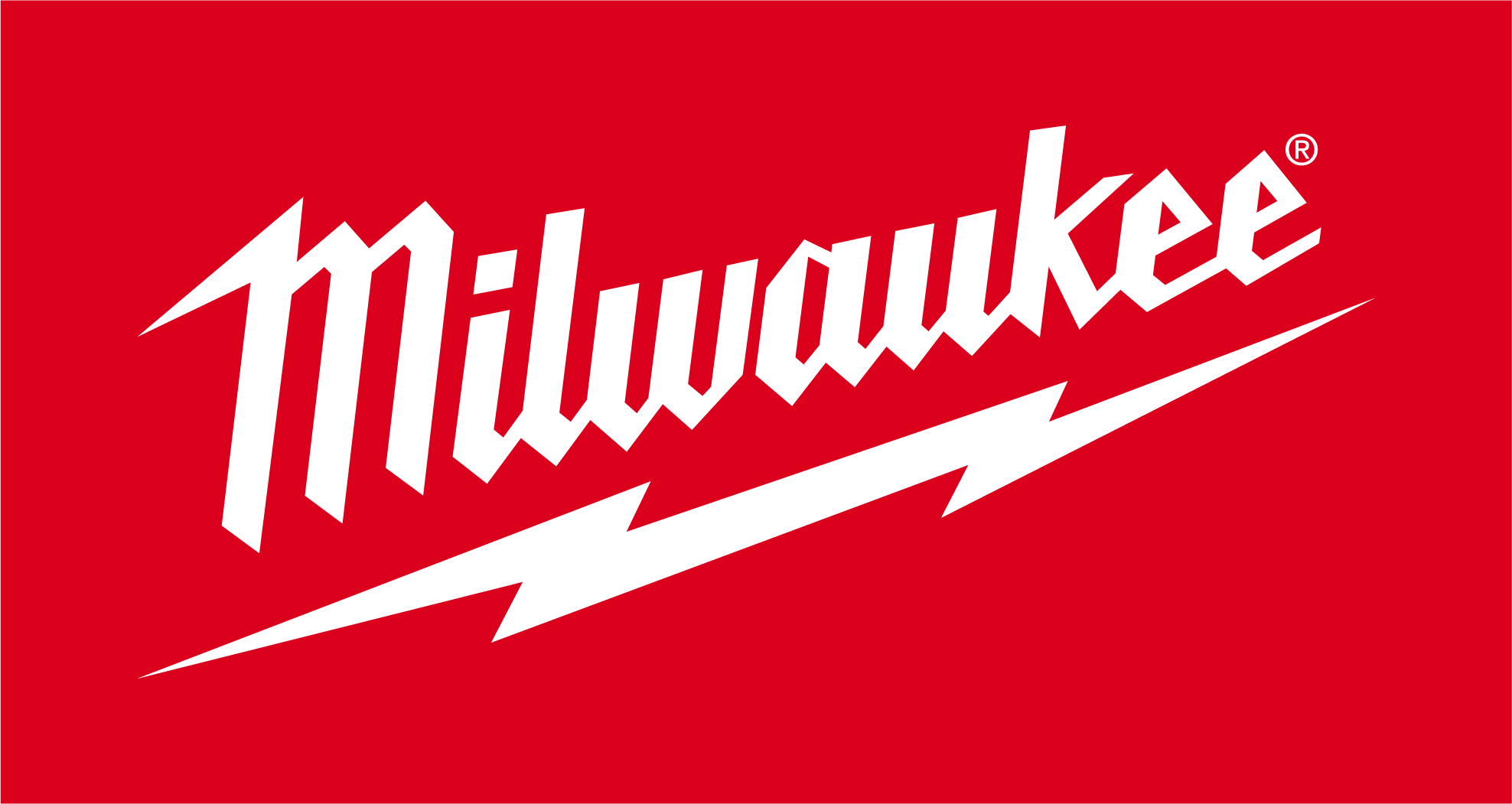
Thank You to our February 16, 2024 Meeting Host
NHTI – Concord’s Community College
Kathy Taylor
Director of Workforce Development and Community Education

Meet the Panelists & Moderator

Jennifer L. Landon – MODERATOR
V.P. Education and Workforce Development | Associated Builders and Contractors NH/VT Chapter (ABC NH/VT)
Project Manager | I Build NH/VT

Mark Hodsdon
President | Palmer & Sicard Inc.

David Gilbert
Instructor| Milford High School Applied Technology Center

Ana Maria Rogers
Community Outreach and Resource Planning Specialist | US Dept. of Labor
Lexie Rojas
Director of Inspection Division | NH Dept. of Labor

Stacey Kallelis
Work Based Learning Coordinator | Salem High School
I Build NH/VT Web Resources
The website navigation is broken into these sections:
- Construction Resources
- Educator / Partner Resources
- Job Seeker Reources
- Explore Careers
Our most visited pages:
Bookmark these:
Not sure who to connect with? Reach out to Jennifer Landon, jennifer@abcnhvt.org.
Training Grants
Education and training grants are available in both NH and VT. This is not just skilled trades training, it can be used for any education and training.
Examples of how companies have used the grants:
VHV Company used the VT Training Program and received 50% of the first and second year apprentices wages, a total of $150K. Their apprenticeships are in HVAC, Plumbing and sheet metal.
Methuen Construction used the WorkInvest NH training funds to cover the pay for foreman and journeyman training which occurs six times throughout the year. They also receive support for leadership based training. They received a $70K grant for this work, which is 50% of the cost of their training programs. Methuen used an outside consultant to help put the package and application together.
Learn the Lingo
Extended Learning Opportunity (ELO)
This is the umbrella that all work-based learning opportunities fall under. Work-based learning = ELO.
ELOs are hands-on, credit-bearing experiences outside of the traditional classroom with an emphasis on community-based career exploration.
Not all ELO’s are work-based learning. For example, a TV/Media student who wants to enter a film contest and works with a teacher’s guidance to produce the work.
Work-Based Learning
A sustained, applied educational experience that prepares students for work by applying core competencies and enhancing employability skills through real-world application.
This can include, but is not limited to, experiences such as internships, work placement, jobs, or through mechanisms such as an extended learning opportunity, Learn Everywhere, or apprenticeship. More
Job Shadow / Career Exploration
Student is observing, not performing work or touching anything. Job Shadow is less of a commitment, could just be one day. This could also include informational interviews, mock-interviews, classroom presentations, field trip, site visits, etc.
Co-op
Cooperative education provides a unique opportunity for students to be employed in their fields of study while still in school. In NH, a student can start in a co-op as a sophomore. They need to have the hazardous orders waived by the NH DOL.
Internship
Short-term, professional learning experience that offers meaningful, practical work related to a student’s field of study or career interest. Can be paid or unpaid, but students will lean toward paid internships for obvious reasons.
Work Study
Work-study positions are employment opportunities for college students funded by federal (and occasionally state) sources.
Apprenticeship
A form of work-based learning. There are different formats available, including registered apprenticeship and apprenticeship for licensing.
Hazardous Orders (HO)
The
An HO waiver is available to a student, but for a short period of time.
Hazardous Occupations
It is an unfortunate fact that children do get injured, even killed, in the workplace. The National Institute for Occupational Safety and Health estimates that 160,000 American children suffer occupational injuries every year—and 54,800 of these injuries are serious enough to warrant emergency room treatment.
Both Federal and State laws govern the employment of young workers and when both are applicable, the law with the stricter standard must be obeyed.
Information from Ana Maria Rogers, Community Outreach and Resource Planning Specialist | US Dept. of Labor
NH Department of Labor Paperwork
→ Presentation from Lexie Rojas, Director of Inspection Division | NH Dept. of Labor
Discussion Points at February’s Meeting
Job Site Visits
Job Shadow is not a concern for the US DOL or the NH DOL, however employers should inquire with their insurance company.
Consider having students visit on a day when the job site is not active.
Employing Students (under 18)
There are 17 Hazardous Orders under the Dept. of Labor that anyone under 18 cannot perform. There are 7 that can be waived for education. Power tools are the most common waiver. This is for a limited amount of time, and under supervision. The waiver is to prep the pipeline, not supplant or “try before you buy”.
If a student is working via a CTE co-op program, the school can have the US DOL hazardous orders waived to allow the student on-site. The student needs to be engaged in a CTE or other training program.
There is often a gap in employment in the summer after a student graduates but before they are 18. They cannot work because they are not in an official training program. Companies just need to be patient and wait for their 18th birthday. UNLESS the school creates a summer program under which the student has educational oversight, and the student is being paid.
* Kathy Taylor made a suggestion, the Community College system could come up with a summer program for these students.
* ApprenticeshipNH also offers options employers and students could consider to bridge this gap.
Example of Paid internship vs. Co-op
A student, age 17, is working in an office helping to coordinate social media – they are being paid and earning credit. This is an internship.
Another student who wants to go to an orbital welding company. The student is in a welding program at a CTE. The student is 17 and wants to be able to weld on site. The school would notify the NH DOL and ask for a hazardous order waiver through the co-op program and the student can be approved to complete those tasks. If the student was 18, they would not need to submit the waiver.
Time of Day
Companies would prefer a co-op student to work a full day. The company safety meetings occur first thing in the morning, and it’s important for a student to participate. Safety is a priority and students need to hear the morning safety meetings. If schools can issue a full release day, it’s more beneficial to the company.
For a co-op program, the students need to be in the concurrent education program. For the State of NH, the students are required to be in math and english classes. They cannot skip these classes, they are state requirements for graduation. Students could also commit to doing this on their day off, when school is closed for breaks or teacher professional development days.
Students who are not in CTE
Seniors who may decide late that they want to try the trades but are not in a registered CTE. The ELO coordinator can connect the student with a company for an informational interview, but they cannot register that student for a co-op. Students have to wait until they are 18 yrs to start working.
Companies, don’t forget to reach out to college students who are home on summer break. Create opportunities for them to come and explore a career within your company.
* Guidance counselors would benefit from more exposure to CTE centers and involvement in the work to encourage students to consider the trades. As an industry, we need to come up with methods to get guidance counselors more involved so they have a better understanding and can advise students on careers in the trades.
Partnerships
We are better together. Establish partnerships with local associations and schools to help bridge the workforce divide.
Schools are here to help and want to work with employers. Refer to the list of CTE Centers and ELO contacts in our employer resources section.
Reach out to local groups like ABC NH/VT and I Build NH/VT, or your local contractor associations, Chamber of Commerce and HR associations.
This cannot be stressed enough – connections made between schools and companies are invaluable. If an Extended Learning Coordinator has connections with local companies, it makes placing students much more efficient. Investing in the relationships between schools/industry is critical in providing successful opportunities to students.
Class Projects
Pinkerton Academy’s architecture center was contacted by a company looking for a solution to a real-life problem they were having and needed architectural support. The architecture center / teacher created a class project to address the company’s challenge. It was completed by the students in-school and the finished product delivered to the company. This was a great real-world learning experience, done completely at school.
Insurance
Q & A from last year’s presentation
What is the liability on the industry side of having youth of non-employees on jobsites? Eric Horner, Vice President & Partner, The Rowley Agency
Construction is a dangerous industry. Liability wise, it’s very important that the school has a permission slip signed by the parents. Additionally, your company should have a work site policy that goes over all of the safety issues, exposures, and the do’s and don’ts of children on a jobsite.
When you have youth on a jobsite, there is a natural curiosity that needs to be monitored and controlled. It is important that all trades on the jobsite are aware that youth will be onsite and review safety protocols. The project GC and site owner should also be notified. They don’t want to be blindsided if an incident occurs.
If you’re hosting an intern or other unpaid individual on the jobsite, speak with your insurance agent to add a voluntary workers comp endorsement on the workers comp policy.
Is there safety training that students can acquire to help facilitate host company’s insurance coverage?
*OSHA 10 is the bare minimum. Additional training is recommended. You can go through the NH Safety Council for additional training. Insurance companies often offer safety training.
*Not all youth will have completed the OSHA 10.
This will not be relevant for a youth under 15 years old who wants to visit a job site.
Network with Vendors
We offered a vendor area for educators to connect with suppliers for classroom presentations, materials requests, and networking.
Vendors will include:

















